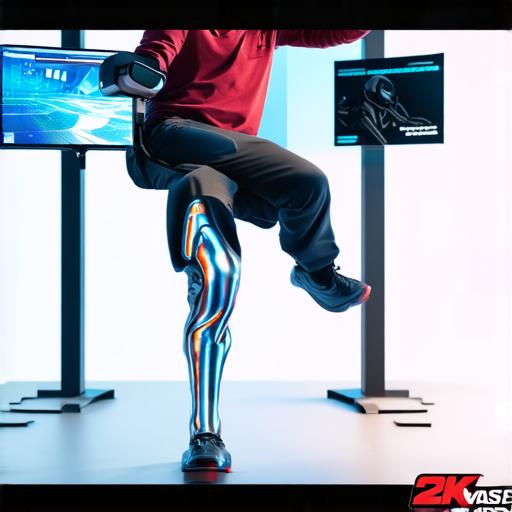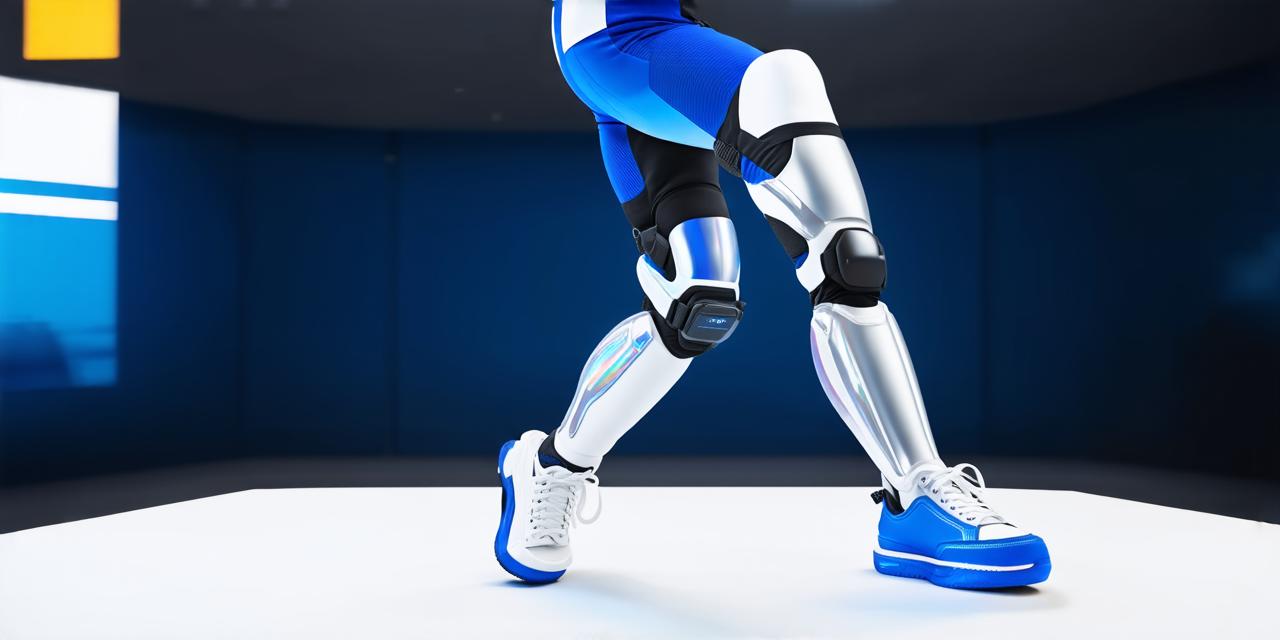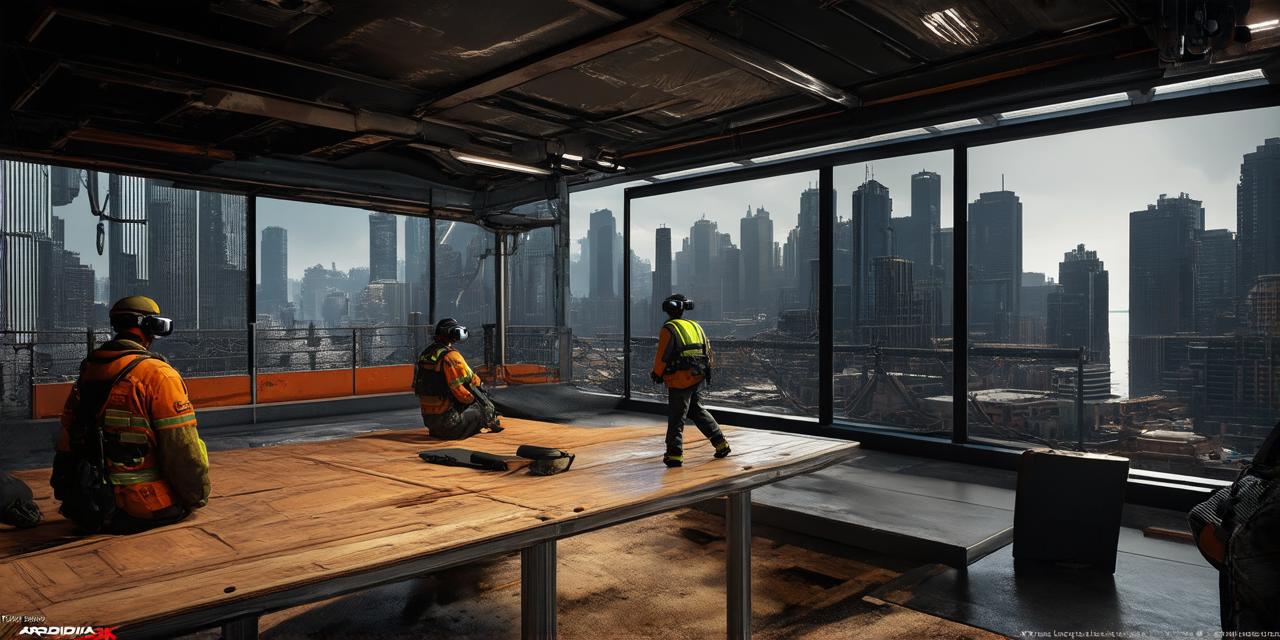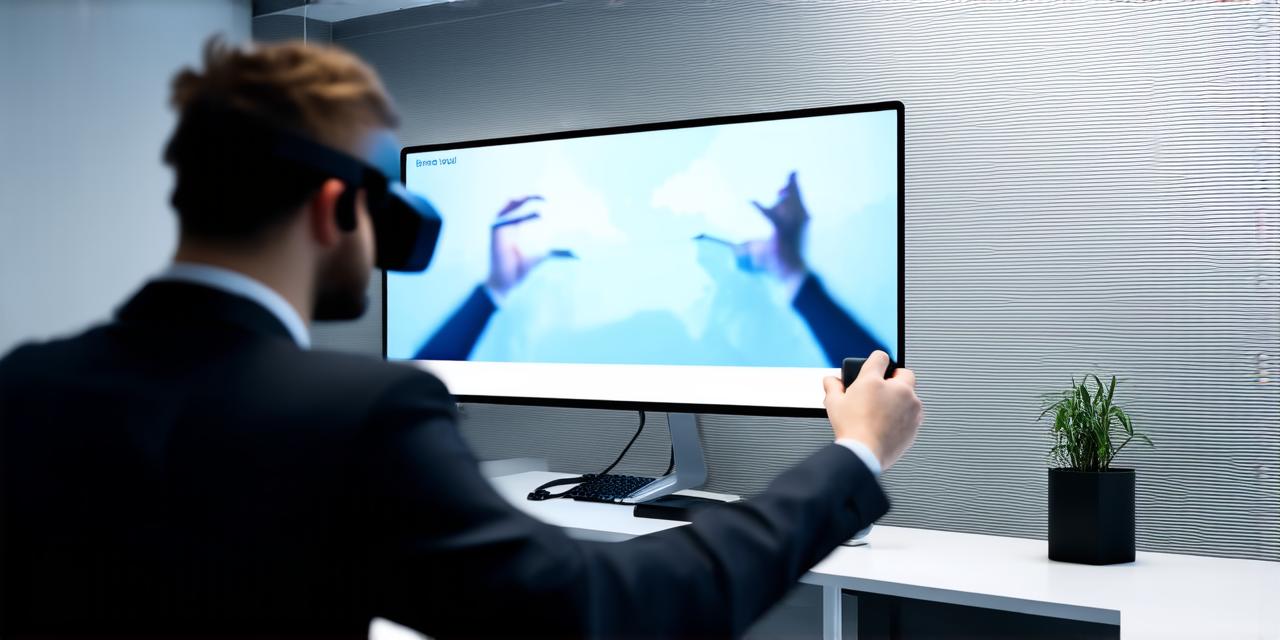Virtual Reality (VR) technology has already transformed various industries, from gaming and entertainment to education and training. However, its potential extends beyond the headset and hand controllers, with legs being a new frontier for VR applications. In this article, we will explore the potential of VR for legs, discuss some of the exciting use cases and research that support its application, and examine the science behind how it works.
Virtual Reality and the Legs: An Overview
Virtual reality technology involves a headset that tracks the user’s movement and provides an immersive, three-dimensional environment that responds to the user’s actions. While VR is most commonly associated with headsets and hand controllers, recent advancements in wearable technology have enabled developers to create VR experiences that target specific body parts, including the legs.

One of the key advantages of leg-based VR is its potential for enhancing physical therapy and rehabilitation programs. By providing a realistic, immersive environment that simulates real-world movements, leg-based VR can help patients recover from injuries and improve their mobility and strength.
In addition, leg-based VR can also be used for training and simulation purposes, such as in the field of sports or military training.
The Science Behind Virtual Reality and Legs
Research has shown that virtual reality technology can have a significant impact on the brain and nervous system. When a user enters a VR environment, their brain begins to process the sensory input and create a new neural pathway that integrates the virtual world with the real world. This process is known as brain plasticity, and it has been shown to improve cognitive function, memory, and attention.
In terms of the legs, research has shown that VR can help improve motor skills and strength by providing a realistic environment for training and simulation.
Case Studies: How Leg-Based Virtual Reality is Being Used in Practice
There are several exciting case studies that demonstrate the potential of leg-based virtual reality in various fields. One example is the use of VR for sports training.
Professional athletes, such as golfers and soccer players, have been using VR to improve their swing and footwork. In one study, golfers who used VR to practice their swing showed a significant improvement in their accuracy and consistency compared to those who did not use VR.
Another example is the use of VR for military training. Soldiers have been using VR to simulate battlefield scenarios and improve their tactical skills. In one study, soldiers who used VR for training showed a significant improvement in their decision-making and problem-solving abilities compared to those who did not use VR.
The Future of Virtual Reality for Legs: Trends and Predictions
As wearable technology continues to advance, it is likely that leg-based VR will become even more prevalent in various fields. One trend that we are seeing is the integration of haptic feedback into VR systems, which can provide tactile sensations that simulate real-world movements. This technology has the potential to enhance the immersion and realism of VR experiences for the legs.
Another prediction is that leg-based VR will become more accessible and affordable, making it possible for a wider range of people to benefit from its applications. As the technology continues to evolve, we can expect to see even more innovative use cases and applications emerge in the field of virtual reality for legs.
Conclusion: The Potential of Virtual Reality for Legs is Endless
Virtual reality technology has the potential to revolutionize the way we interact with digital environments, and recent advancements in wearable technology have opened up new possibilities for leg-based VR applications. With its potential for enhancing physical therapy and rehabilitation programs, as well as training and simulation purposes, leg-based VR is a promising field that has endless potential. As the technology continues to evolve, we can expect to see even more exciting use cases and applications emerge in the future.




